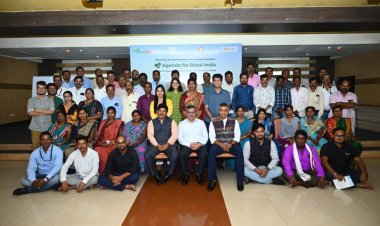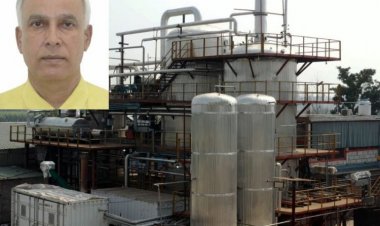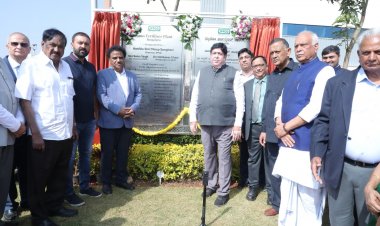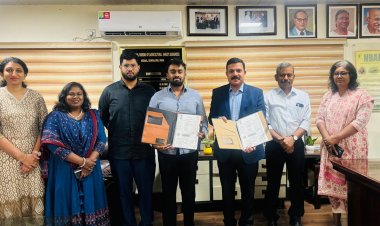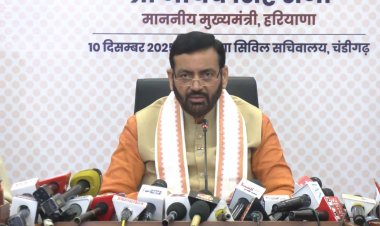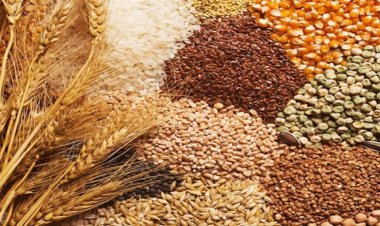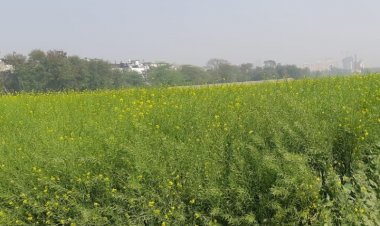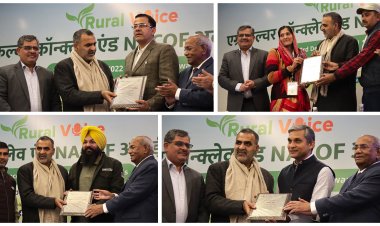Sugar industry can be a catalyst in transforming the rural sector: Roshan Lal Tamak
Roshan Lal Tamak from DCM Shriram Ltd was one of the participants at the concluding session of the Rural Voice Agriculture Conclave and NEDAC Awards 2021 in New Delhi. The session was held on “Enabling Policy Environment for Agriculture and Rural Sector”.
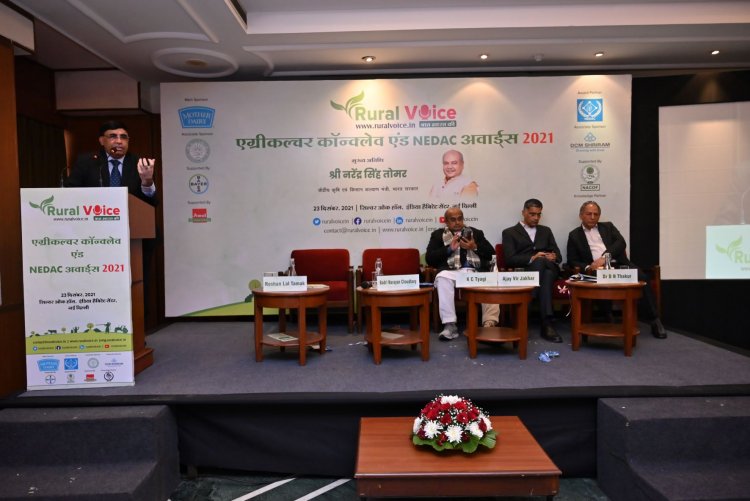
Roshan Lal Tamak is the Executive Director & CEO – Sugar Business at DCM Shriram Ltd. He brings with him three decades of rich experience in the sugar sector of setting up greenfield projects, acquisitions and efficient management of operations in the Indian sugar industry while working in leading sugar companies. Before joining DCM Shriram, he held the position of Business Head (Sugar) with the Indian arm of Olam International.
Tamak was one of the participants at the concluding session of the Rural Voice Agriculture Conclave and NEDAC Awards 2021 in New Delhi. The session was held on “Enabling Policy Environment for Agriculture and Rural Sector”.
Deciding to stick to the topic of the session, Tamak started with an example of how positive results may be brought in. He decided to focus on the sugarcane and sugar sector. Ethanol blending programme, he said, was advancing only due to (government) policy. Reaching a level of 8 per cent ethanol blending in petrol has not only improved the financial condition of the sugar industry but also ensured timely payments to sugarcane farmers. This programme will ensure energy security and save forex.
Tamak also felt the SATAT programme held great hopes. Sustainable Alternative Towards Affordable Transportation (SATAT) scheme on Compressed Bio Gas (CBG) encourages entrepreneurs to set up CBG plants, produce and supply CBG to Oil Marketing Companies (OMCs) for sale as automotive and industrial fuels.
Talking about pressmud, Tamak said it could generate Bio CNG (compressed natural gas). Pressmud is the compressed sugar industry waste produced from the filtration of cane juice. But this process is yet to take off because the feedstock is not available on time and faces market uncertainty of Bio CNG, said Tamak. “The problem is that the Bio CNG market is limited to the cities while the sugar mills are located in the villages. It, therefore, entails distant transportation for the entrepreneur. If the OMCs bear the transportation price or fix the ex-factory price, I am sure 500 Bio CNG plants can be installed in the next two to three years.”
Tamak said that the sugar industry could play a crucial role in food processing. Sugarcane production is done in half of the land. If the sugar factories take care of the remaining half, food processing hubs can be developed.
For sustainable agriculture, Tamak focused on three points. One, how to maintain soil fertility; two, how to conserve water; and three, ease of doing agriculture. DCM Shriram, Tamak said, was focusing on these and 576 billion litres (bl) of water had been saved due to this over the last five years. This had been verified by the Indian Institute of Sugarcane Research.
Corporates can leverage the government schemes and bring them to the ground level, said Tamak. “Sugar industry can play the role of a catalyst in transforming the rural sector.”



 Join the RuralVoice whatsapp group
Join the RuralVoice whatsapp group


















